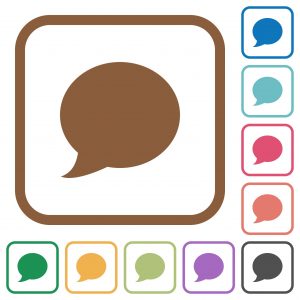 In the beginning of our blogging year, I always tell students to wait to comment on each other’s writing. There are always those who ignore me and add all sorts of silly comments with emojis. What they don’t realize is that I have to approve all comments first. I control this intentionally because I want to teach them how to comment.
In the beginning of our blogging year, I always tell students to wait to comment on each other’s writing. There are always those who ignore me and add all sorts of silly comments with emojis. What they don’t realize is that I have to approve all comments first. I control this intentionally because I want to teach them how to comment.
This may sound super controlling, but there is a reason for this. I teach my students to comment on what the author did well as a writer — focusing on the lessons we have worked on in class. I tell them to leave the constructive criticism to me — that’s my job. They need to read for what was done well and highlight that. The results have been more than I had hoped for.
The Benefits of Positive Feedback
My students’ comments are truly insightful:
- “I really liked how you put show not tell in your intro because it really helps me understand how she is feeling.”
- “I love how you made a connection to your real life with your family and Judah 🙂 I also like your choice of words and detail because you can really picture your story.”
- “There were some pleasing turns in this story that I really enjoyed!”
Students love getting comments from their peers, and when the feedback is positive, I see them more excited to write and to revise their writing. I can still leave private comments about things that need fixing (spelling is my #1) or I can have a one-on-one conference if there are larger issues.
My students let me know if I am behind on approving comments because they love to see their names in print in an “editor” mode. It also allows for good conversation if I choose not to publish a comment. Usually it is because they either were critical or forgot to comment about the writing. Keeping their focus on what the author did well as a writer helps them leave meaningful feedback and also shifts their mindset for their own writing.
The biggest benefit from intentional commenting is that it has made my writers more aware of their own use of craft and more aware of good writing as they read. Students are coming up to me to show me good passages in books. Some are starting to notice when stories are not well written. This is something I could not teach and if I tried, I probably could not achieve.
I am excited to see how commenting will continue with this group this year. I may experiment with allowing them to add craft suggestions and see what evolves. I’ll keep you posted!
 Beth Rogers is a fifth grade teacher for Clarkston Community Schools, where she has been teaching full time since 2006. She is blessed to teach Language Arts and Social Studies for her class and her teaching partner’s class, while her partner teaches all of their math and science. This enables them to focus on their passions and do the best they can for kids. Beth was chosen as Teacher of the Year for 2013-2014 in her district. She earned a B.S. in Education at Kent State University and a Master’s in Educational Technology at Michigan State University.
Beth Rogers is a fifth grade teacher for Clarkston Community Schools, where she has been teaching full time since 2006. She is blessed to teach Language Arts and Social Studies for her class and her teaching partner’s class, while her partner teaches all of their math and science. This enables them to focus on their passions and do the best they can for kids. Beth was chosen as Teacher of the Year for 2013-2014 in her district. She earned a B.S. in Education at Kent State University and a Master’s in Educational Technology at Michigan State University.

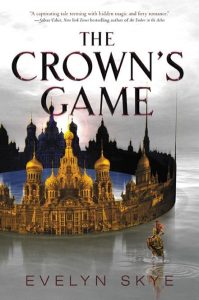 Something about winter calls for a good, strong fantasy story. The cold, blustery weather makes me want to curl up and disappear into an epic tale full of adventure and magic. There’s no shortage of such stories available, but if your favorite reader has consumed all of the
Something about winter calls for a good, strong fantasy story. The cold, blustery weather makes me want to curl up and disappear into an epic tale full of adventure and magic. There’s no shortage of such stories available, but if your favorite reader has consumed all of the 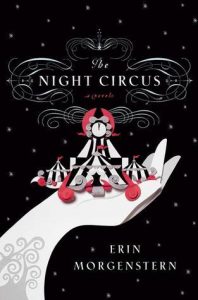 Additionally, this book reminded me of a Russian YA version of
Additionally, this book reminded me of a Russian YA version of 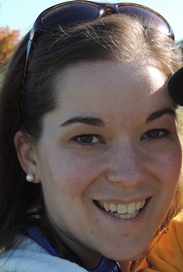

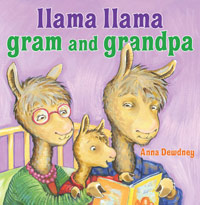 Bear’s Loose Tooth
Bear’s Loose Tooth Tricia Ziegler (Twitter:
Tricia Ziegler (Twitter:  Dylan Wiliam is a world-renowned educational leader and researcher, specializing in teacher development and formative assessment. On today’s podcast, Dylan shares the key aspects of formative assessment. He offers his thoughts on teacher development. And he shares some practical ideas to consider for your teaching.
Dylan Wiliam is a world-renowned educational leader and researcher, specializing in teacher development and formative assessment. On today’s podcast, Dylan shares the key aspects of formative assessment. He offers his thoughts on teacher development. And he shares some practical ideas to consider for your teaching. This post’s title is better if you sing it to the tune of “Video Killed the Radio Star,” but I suppose that’s true of almost anything ever typed. Anyway, if you’ve followed my rantings for any period of time, you’re probably familiar with my efforts last year to
This post’s title is better if you sing it to the tune of “Video Killed the Radio Star,” but I suppose that’s true of almost anything ever typed. Anyway, if you’ve followed my rantings for any period of time, you’re probably familiar with my efforts last year to 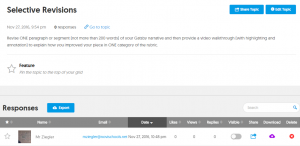

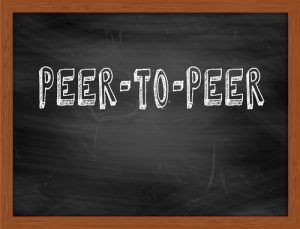 In my first post, I described some writing problems that surfaced in my AP US History classroom, as well as
In my first post, I described some writing problems that surfaced in my AP US History classroom, as well as  Rod Franchi (
Rod Franchi ( In July 2016, Oakland Schools had a significant reorganization. During this reorganization, smaller units were formed from the existing larger departments, and some additional administrative roles were created. A number of these units are part of the District and School Services. Dr. Heidi Kattula is the Executive Director of District and School Services at Oakland Schools.
In July 2016, Oakland Schools had a significant reorganization. During this reorganization, smaller units were formed from the existing larger departments, and some additional administrative roles were created. A number of these units are part of the District and School Services. Dr. Heidi Kattula is the Executive Director of District and School Services at Oakland Schools.